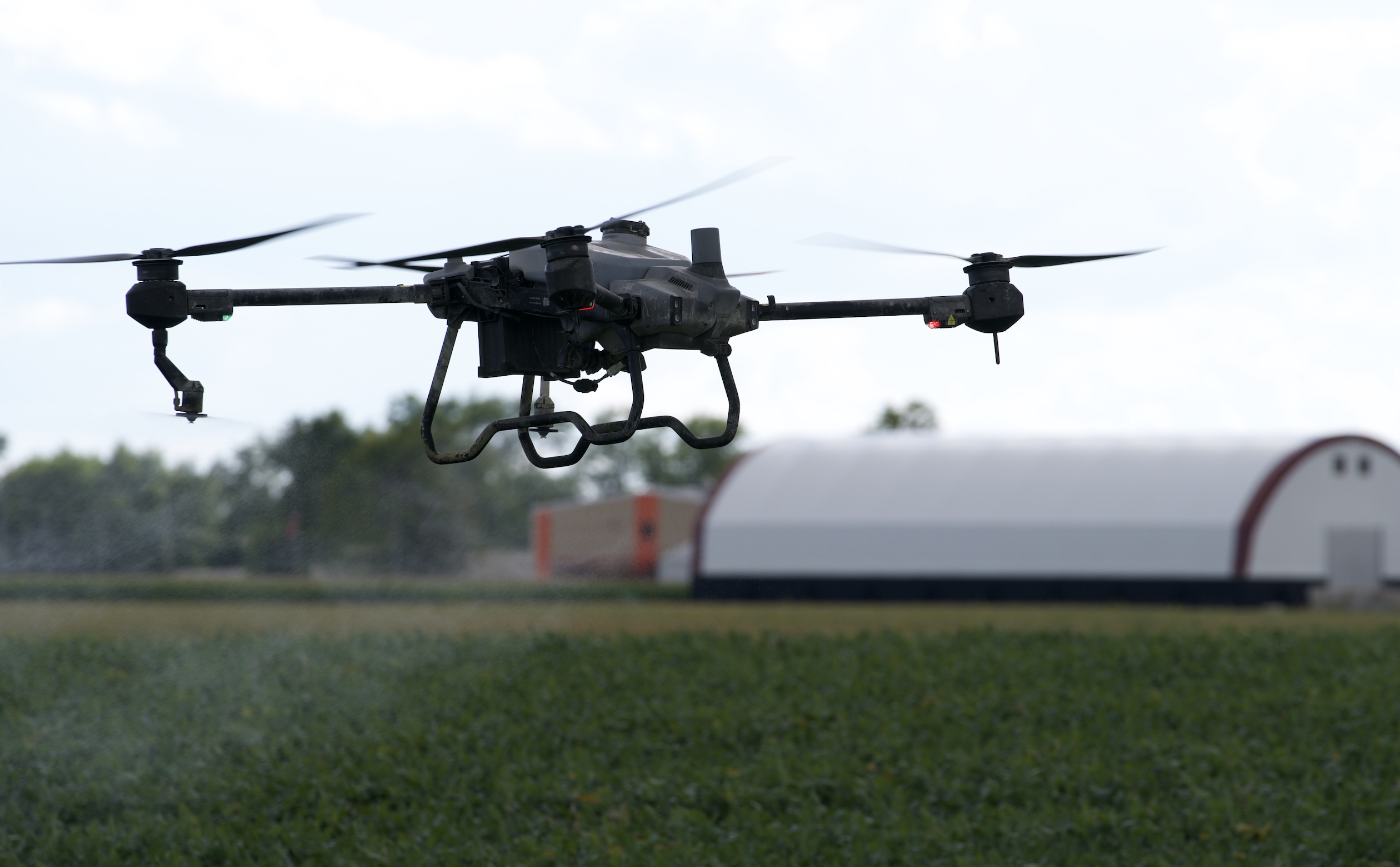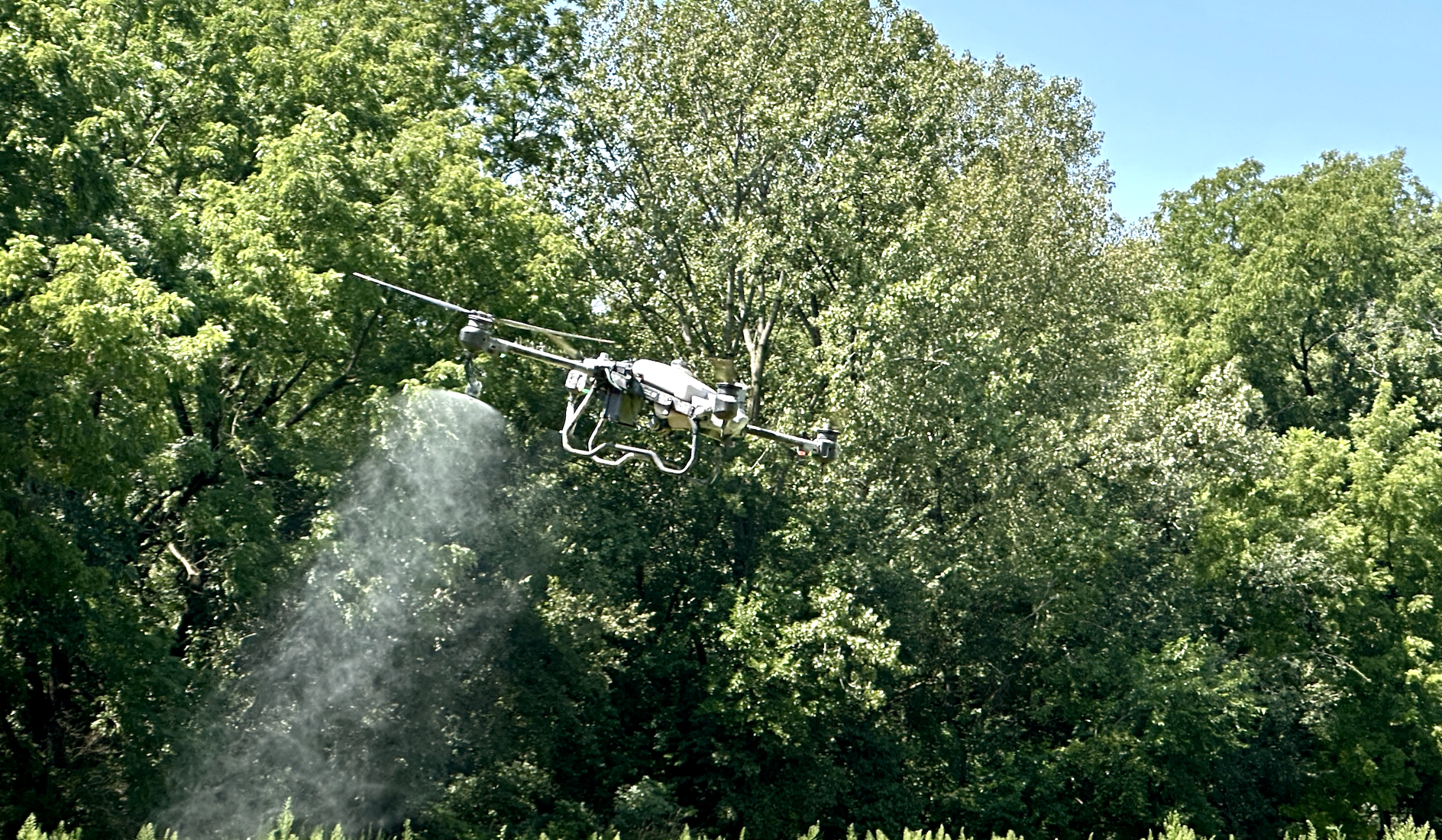

The agricultural industry is undergoing a rapid transformation, and one of the most exciting developments is the use of crop dusting drones. These drones are not just a futuristic idea; they are being implemented today by companies like AgFly, providing farmers with a revolutionary way to manage their crops more efficiently and effectively.
Crop dusting drones are unmanned aerial vehicles (UAVs) designed specifically for spraying pesticides, fertilizers, and other treatments over large fields. Unlike traditional crop dusting planes, these drones are more precise, affordable, and environmentally friendly. They allow farmers to target specific areas of their fields, reducing waste and ensuring that crops receive the exact amount of treatment they need.
In a world where agricultural productivity needs to increase to feed a growing population, crop dusting drones offer a promising solution. They reduce the need for manual labor, lower the costs associated with crop management, and minimize the environmental impact of farming by reducing the overuse of chemicals. For farmers, this means healthier crops, higher yields, and more sustainable practices.
Pre-Flight Planning: AgFly’s drones start with a detailed flight plan based on GPS data. This ensures that the drone covers every inch of the field without missing any spots or wasting any resources.
Precision Spraying: The drones are equipped with advanced sensors and spraying mechanisms that allow them to apply treatments with pinpoint accuracy. This precision ensures that only the necessary amount of chemicals is used, reducing waste and preventing over-application.
Real-Time Monitoring: As the drone flies, it collects data about the crops, such as their health, growth stage, and any signs of disease or pest infestation. This information is transmitted to the farmer in real-time, allowing for quick decision-making and adjustments.
Automated Systems: AgFly’s drones can operate autonomously, following the pre-programmed flight path and adjusting their spraying based on real-time conditions. This automation reduces the need for manual intervention and allows the drone to operate in a wide range of conditions.
Cost-Effective: Traditional crop dusting methods are expensive due to the high costs of labor, fuel, and equipment. AgFly’s drones are more affordable to operate, making them accessible to small and large farms alike.
Environmentally Friendly: By reducing the amount of chemicals used and preventing overspray, these drones help to protect the environment. Less chemical runoff means less pollution in nearby water sources and healthier ecosystems.
Increased Efficiency: Drones can cover large areas quickly and accurately, saving farmers time and effort. This increased efficiency translates to higher productivity and the ability to manage more acres with fewer resources.
Improved Crop Health: With real-time data and precision application, farmers can address issues as they arise, leading to healthier crops and higher yields. This proactive approach helps prevent the spread of diseases and pests, ensuring a more successful harvest.
While the benefits are clear, there are still challenges to overcome. Regulatory issues, the initial cost of equipment, and the need for technical expertise can be barriers for some farmers. However, as the technology continues to develop, these challenges are expected to diminish.
Looking ahead, AgFly is working on integrating AI and machine learning into their drones, allowing for even more precise and autonomous operations. These advancements could make crop dusting drones an indispensable tool for modern agriculture.
Crop dusting drones by AgFly represent a significant step forward in the agricultural industry. They offer a more efficient, cost-effective, and environmentally friendly way to manage crops, ensuring that farmers can meet the demands of the future. As technology continues to evolve, these drones will likely become a common sight in fields around the world, helping to secure our food supply for generations to come.

AgFly provides aerial Agriculture solutions where traditional methods are not possible and in areas where aerial applications increase efficiency and/or yields.
© 2025 All Rights Reserved.